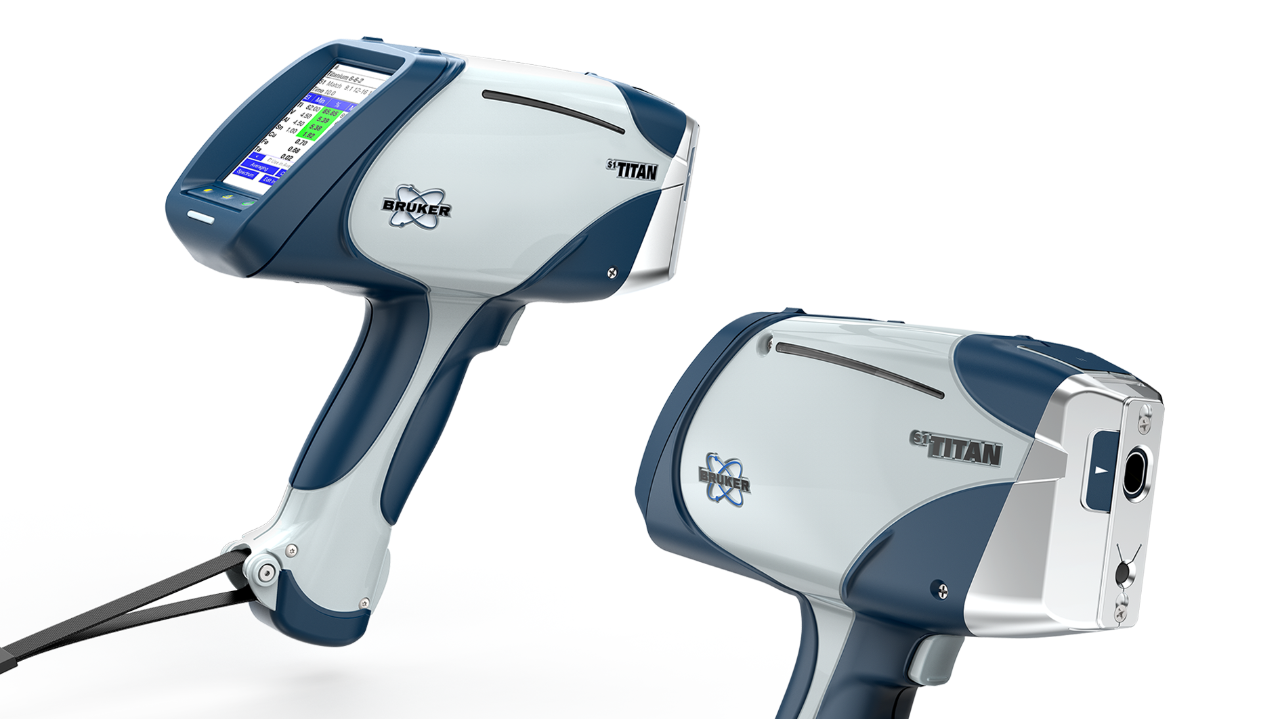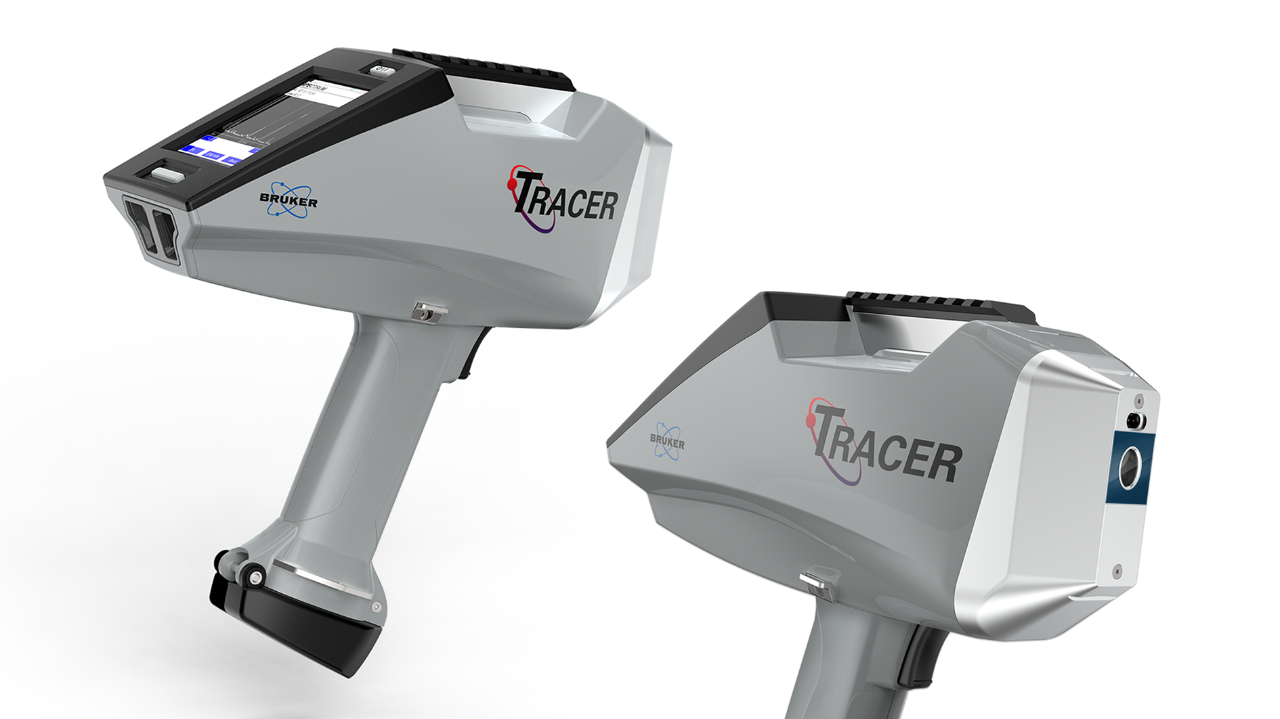Handheld XRF Analyzer Price
What does a Handheld XRF Analyzer Cost?
With any type of instrumentation designed to improve productivity, the most common question revolves around price. “What is the XRF analyzer price?” or “how much does an XRF analyzer cost?” It is not such a clear cut answer as it is completely dependent upon what the application is or likewise, what is the intended use for the instrument. The information below will assist you in understanding the different costs involved in XRF analyzer prices.
The reason XRF analyzer costs can be widely varied ($18k - $50k) is due to the fact that different applications require different calibrations and hardware. A handheld XRF that is calibrated for light elements in alloys requires a faster, more sensitive detector than an XRF calibrated for basic alloys where light elements are not a concern. This is due to the fact that the more economical SiPIN Detector is perfectly capable of separating most common alloys quickly and confidently however if your analysis of alloys requires the ability to detect light elements such as magnesium (Mg), aluminum (Al) and silicon (Si), you would need the faster, more sensitive detector, like Bruker’s innovative Silicon Drift Detector (SDD) with graphene window.
Similarly, the most appropriate XRF analyzer for analysis of the following would be the S1 TITAN portable XRF analyzer because it contains Bruker’s advanced Silicon Drift Detector (SDD) which is more efficient and effective for these types of analyses:
- Restriction of Hazardous Substances (RoHS)
- CPSC Compliance
- ASTM-F963 Compliance
- Plastics and Polymers
- Screening Children’s Apparel for Lead
For applications such as art and archaeometry, the most appropriate instruments are the TRACER 5. These instruments are purposely built for challenging applications that require lower levels of detection, light element analysis and user flexibility, therefore, there are hardware differences that have an effect on the cost of the instrument. In order to achieve lower limits of detection and the ability to analyze for light elements an SDD and/or a vacuum is required so these instruments can be equipped with a Silicon Drift Detector, a vacuum or both. For user flexibility, the ability to add secondary targets and customize filters to optimize analysis is possible. This is added hardware that contributes to the XRF analyzer price.
It is clear to see that the XRF analyzer cost is driven by the actual needs of the customer and the requirements of regulatory agencies. Regardless of the XRF analyzer cost, the amount saved over traditional analysis far outweighs the initial upfront cost.


